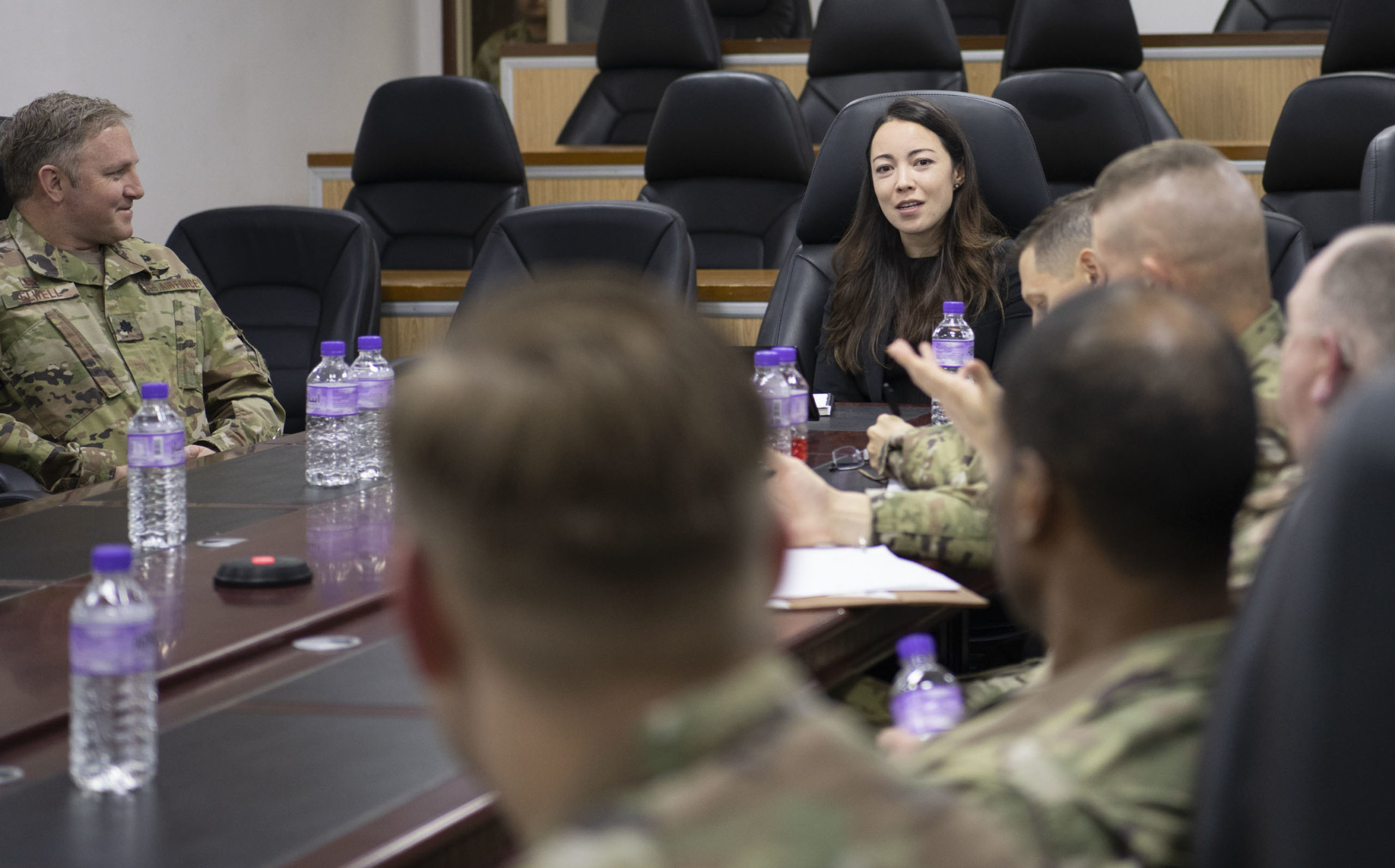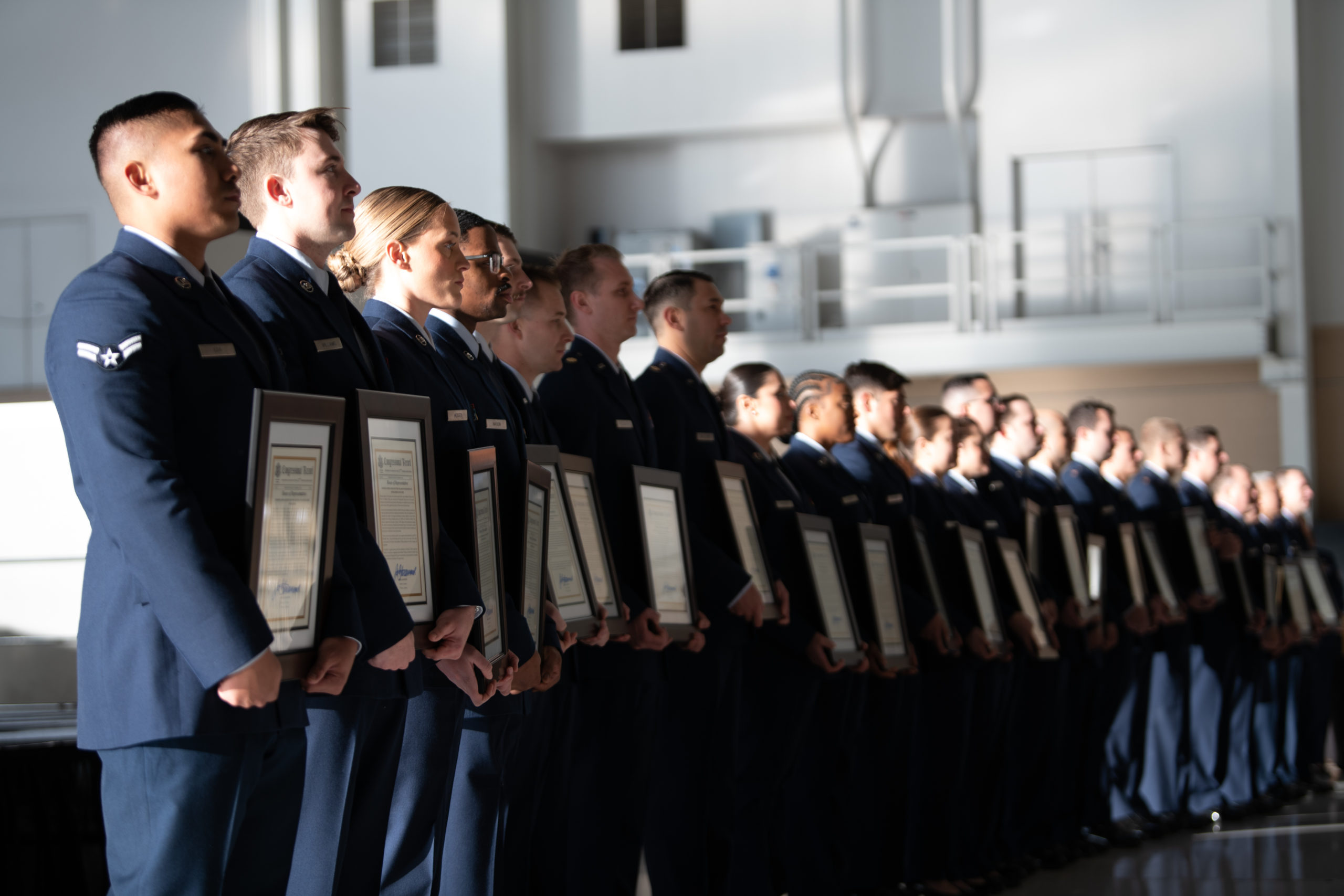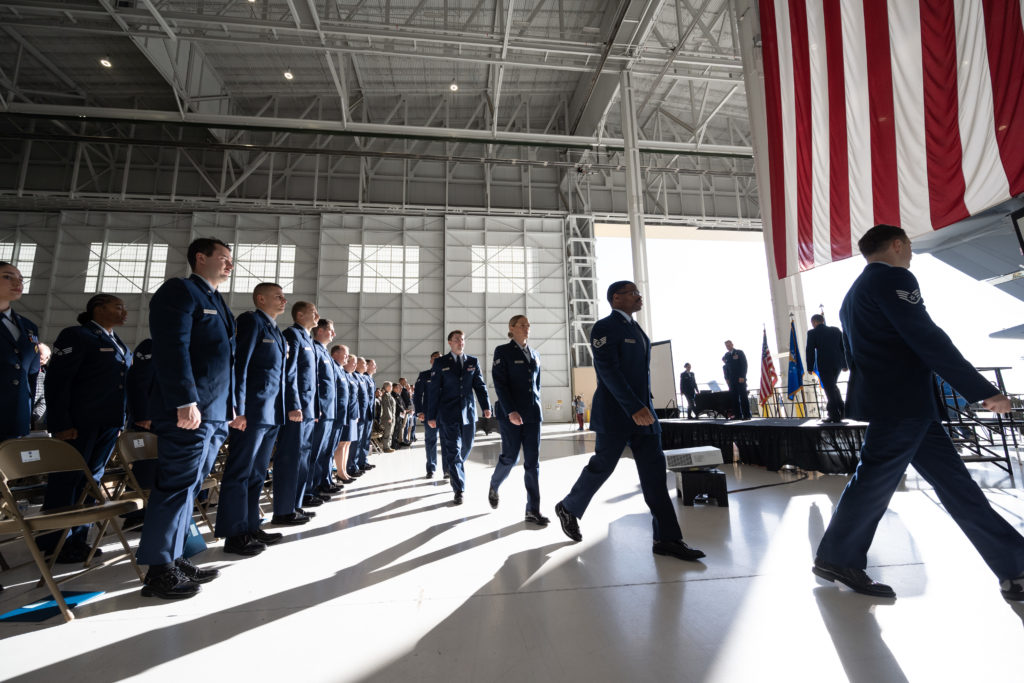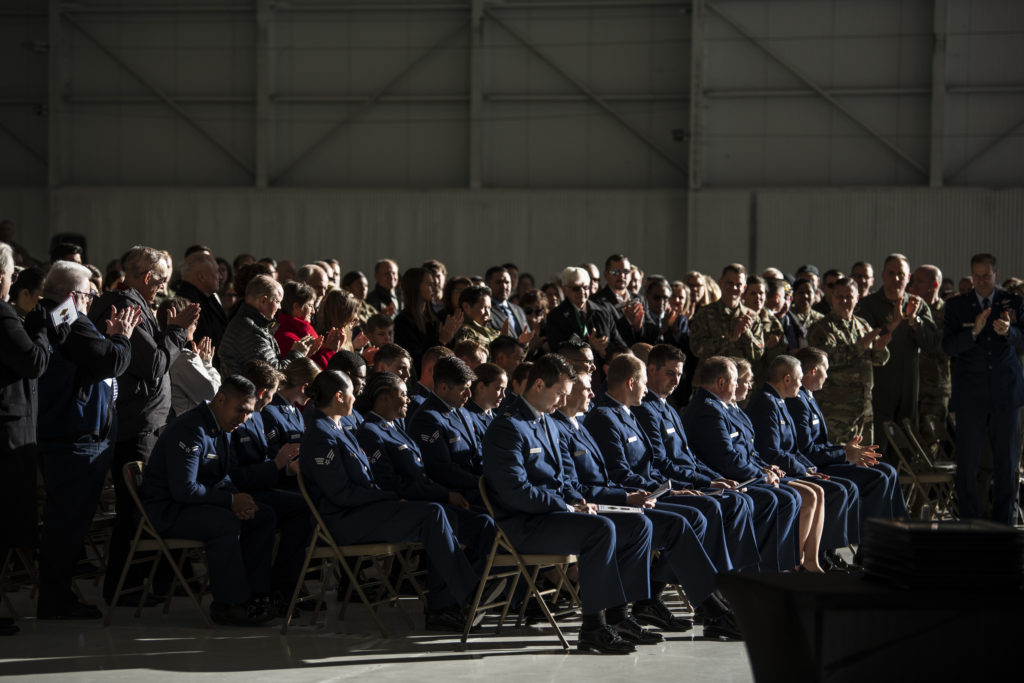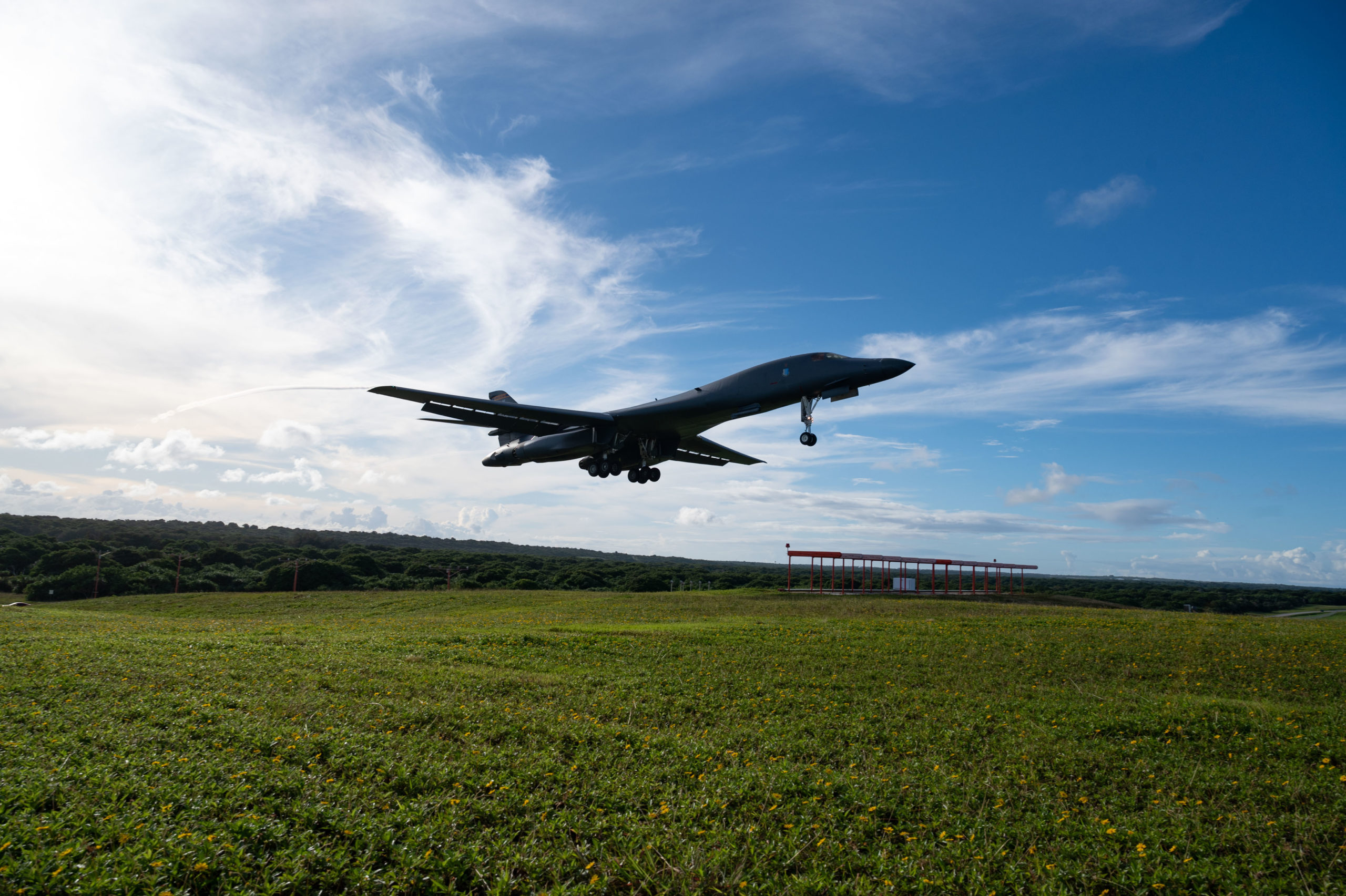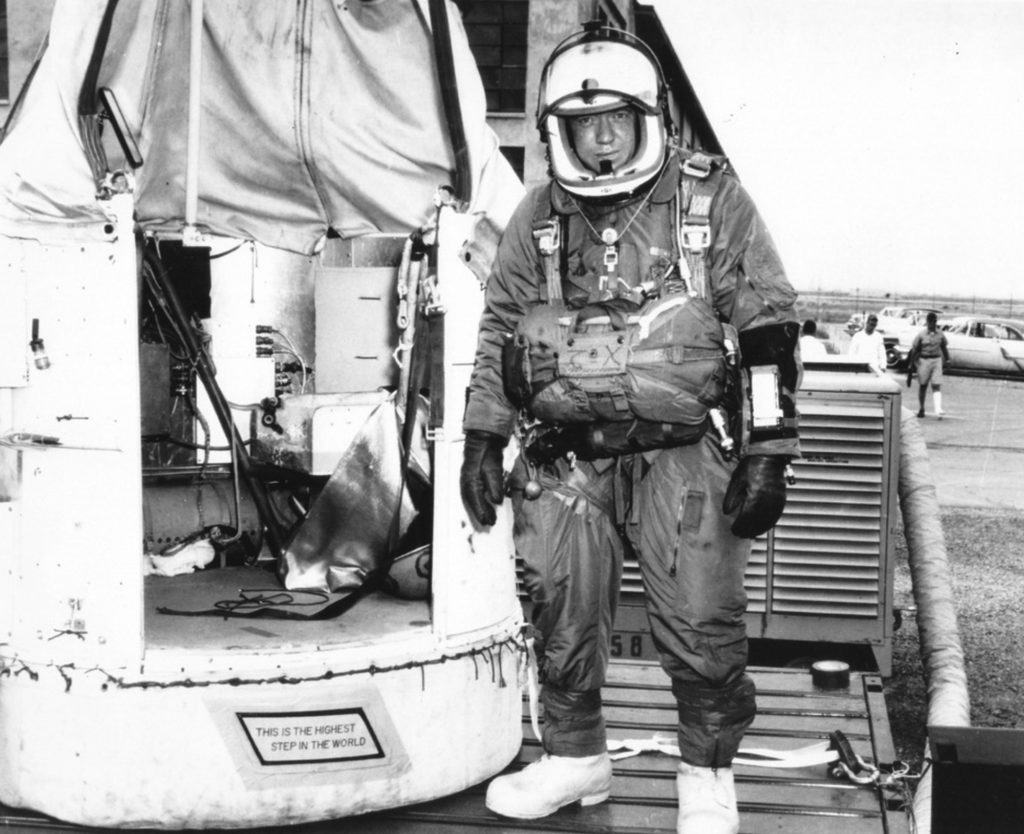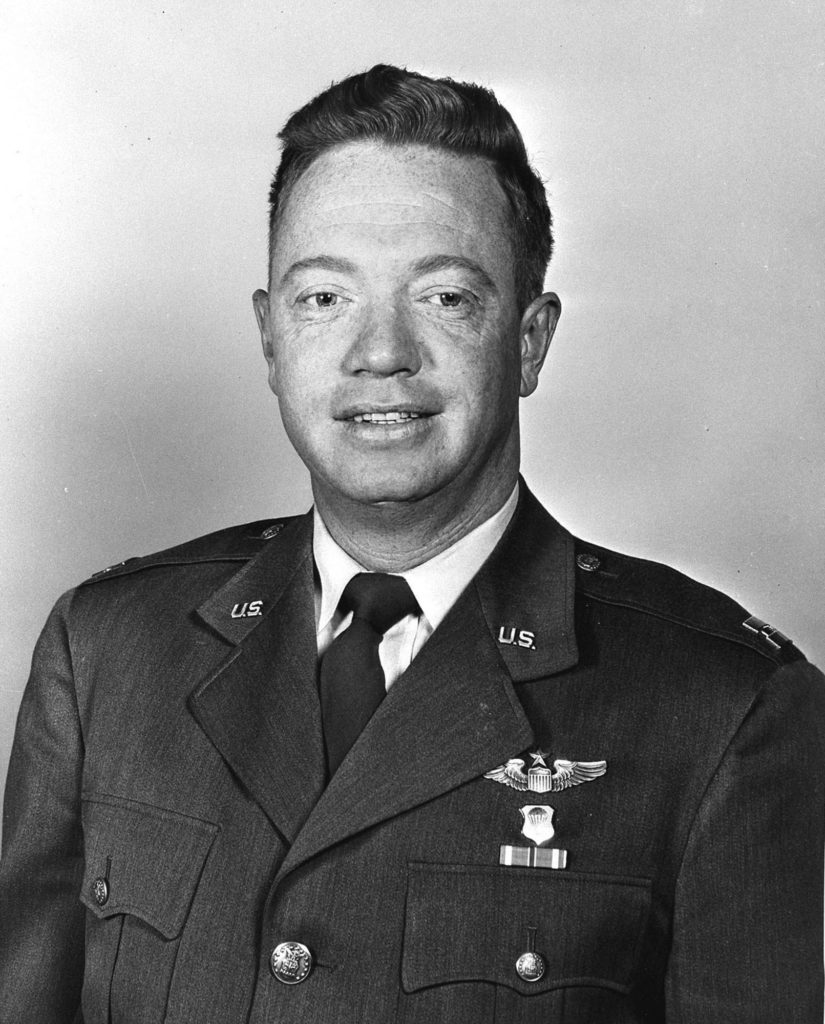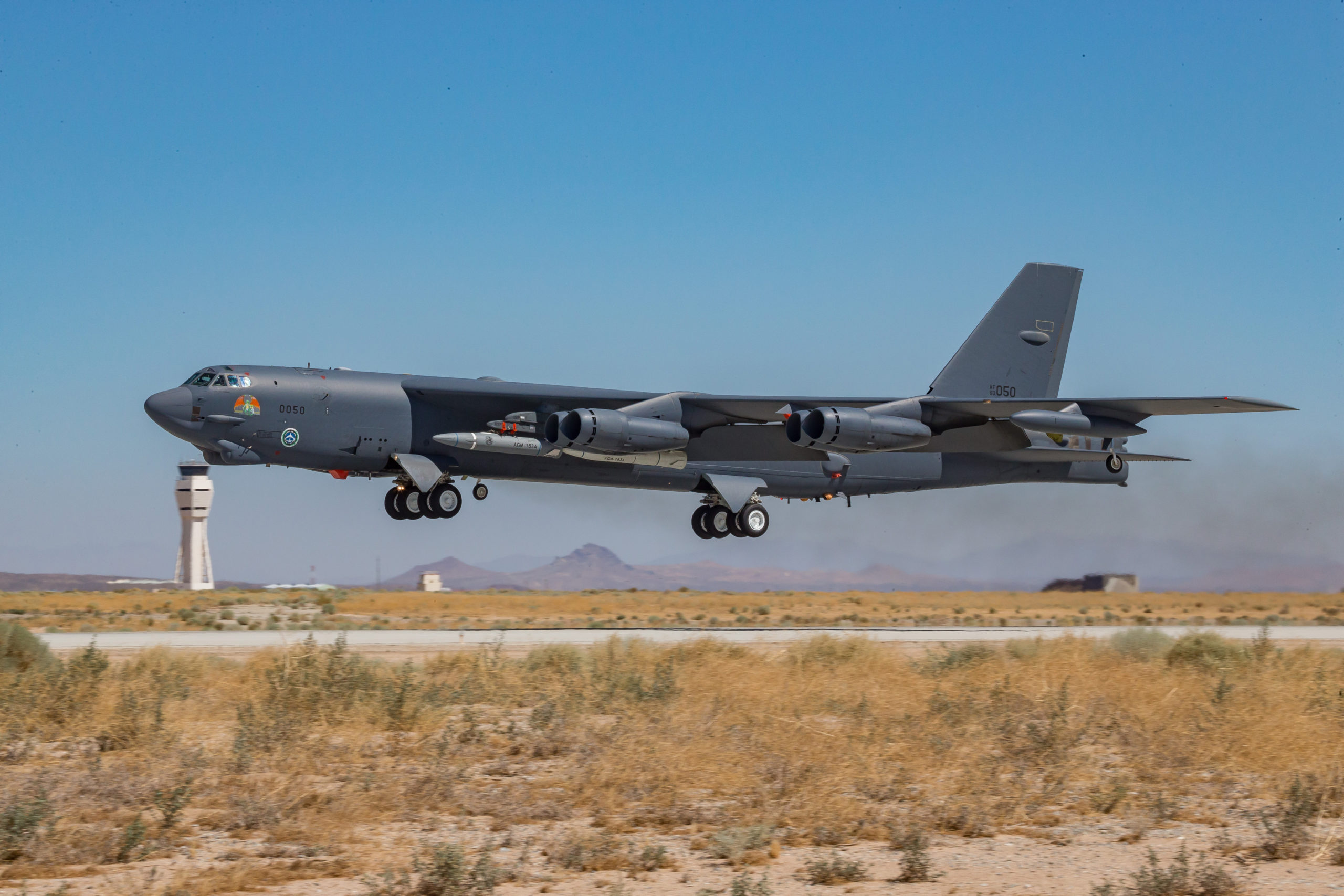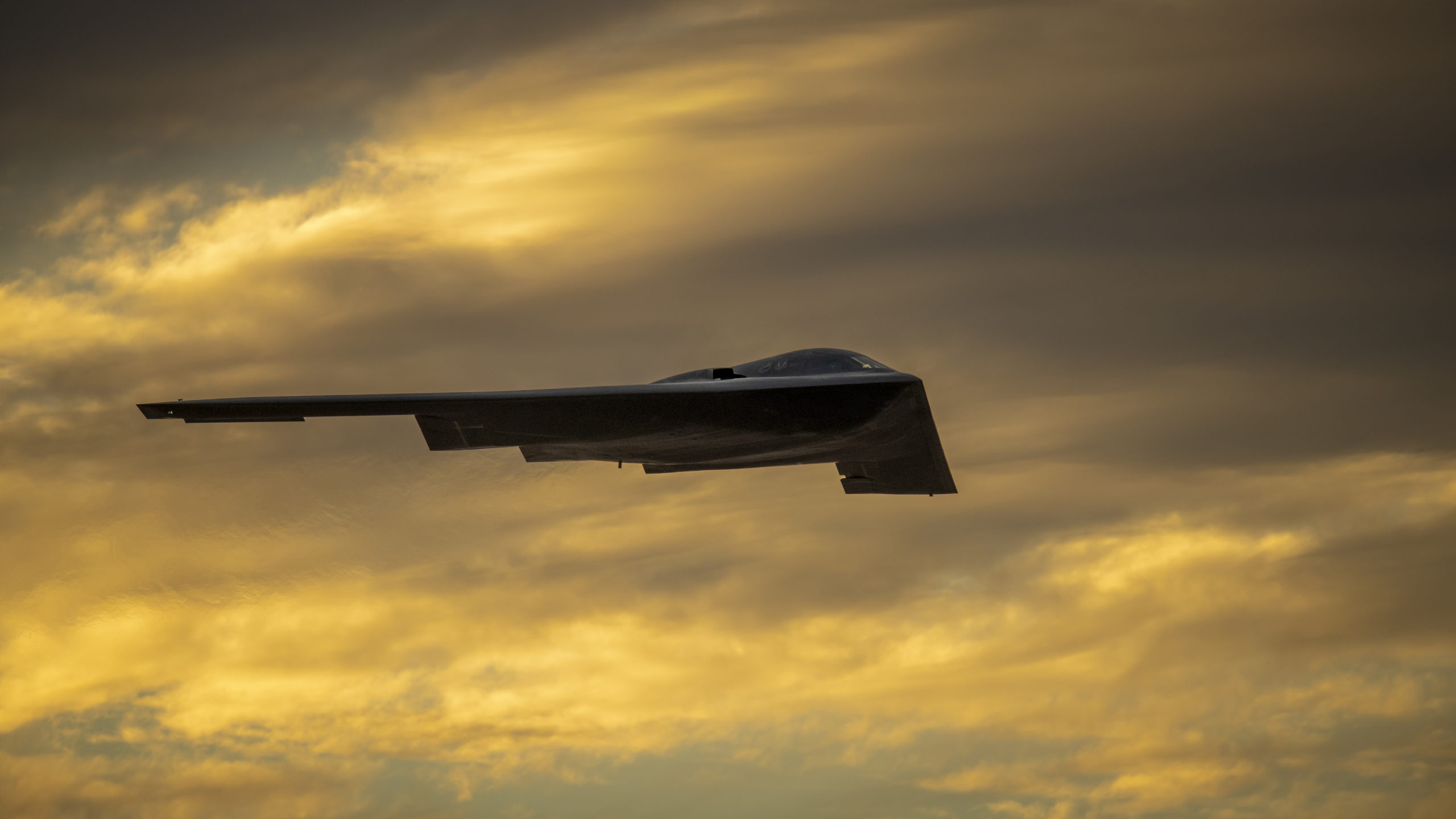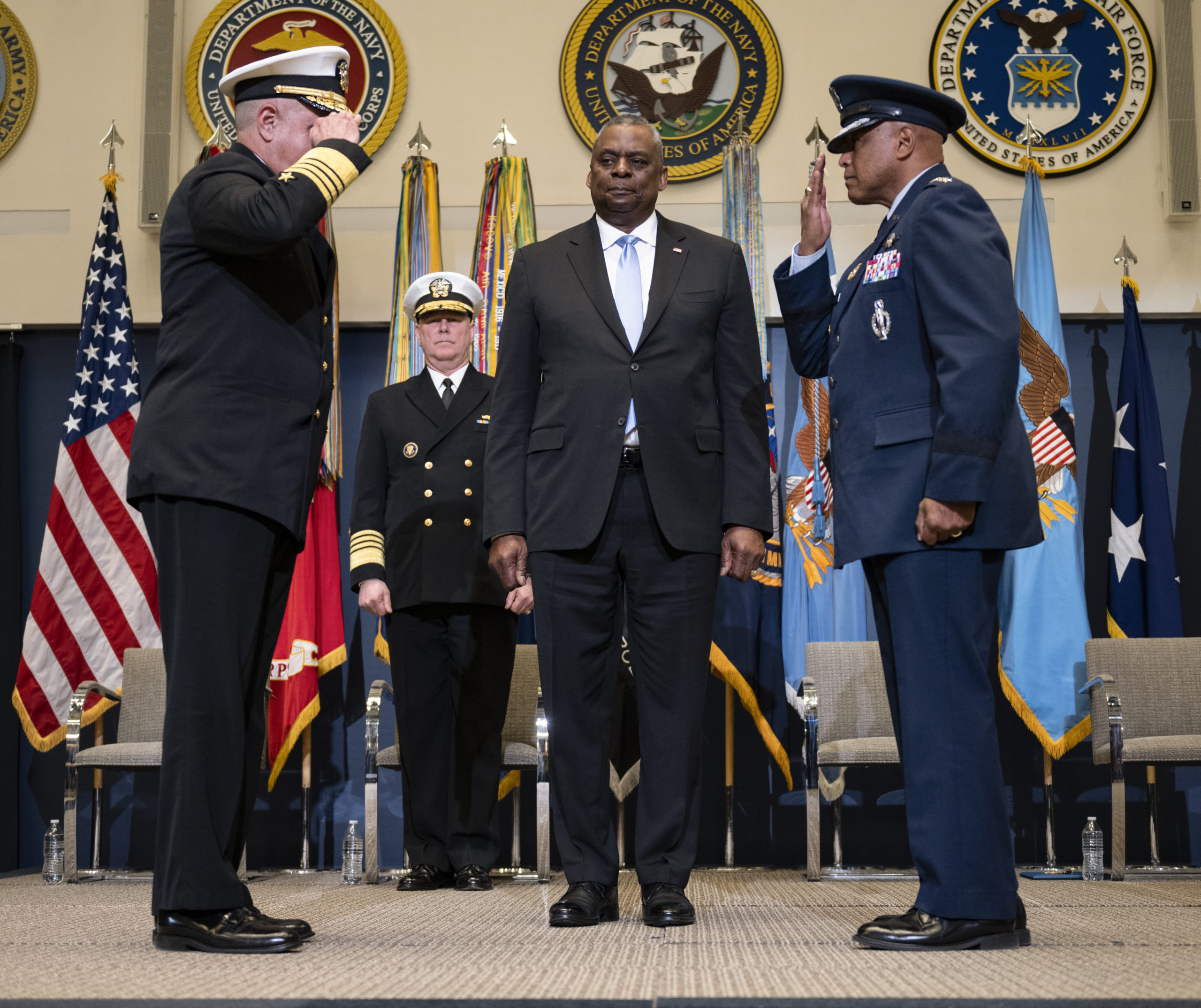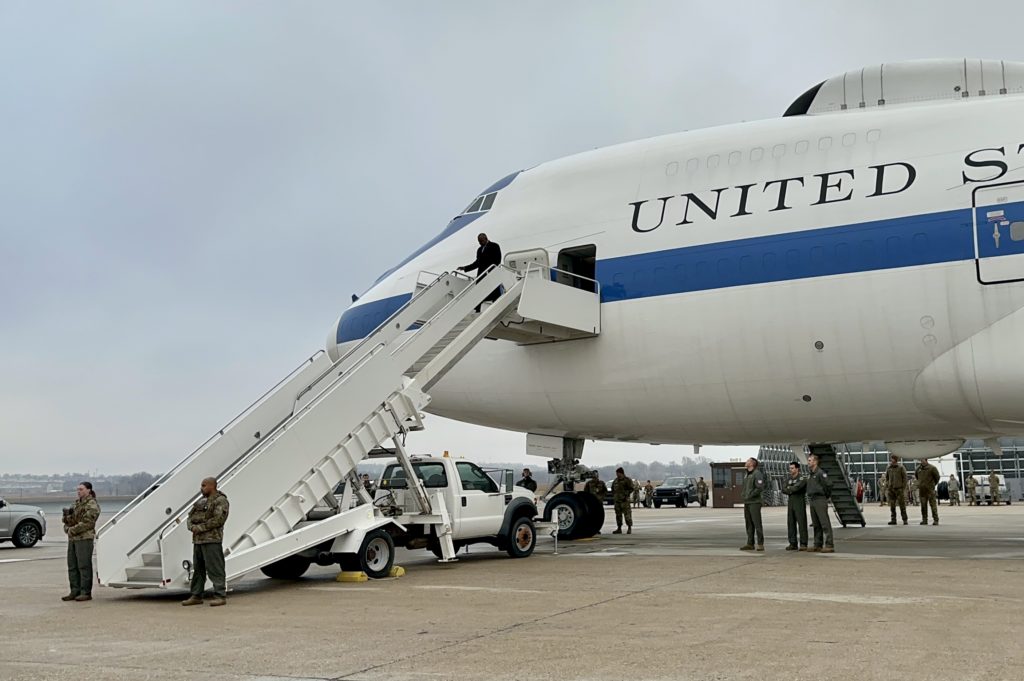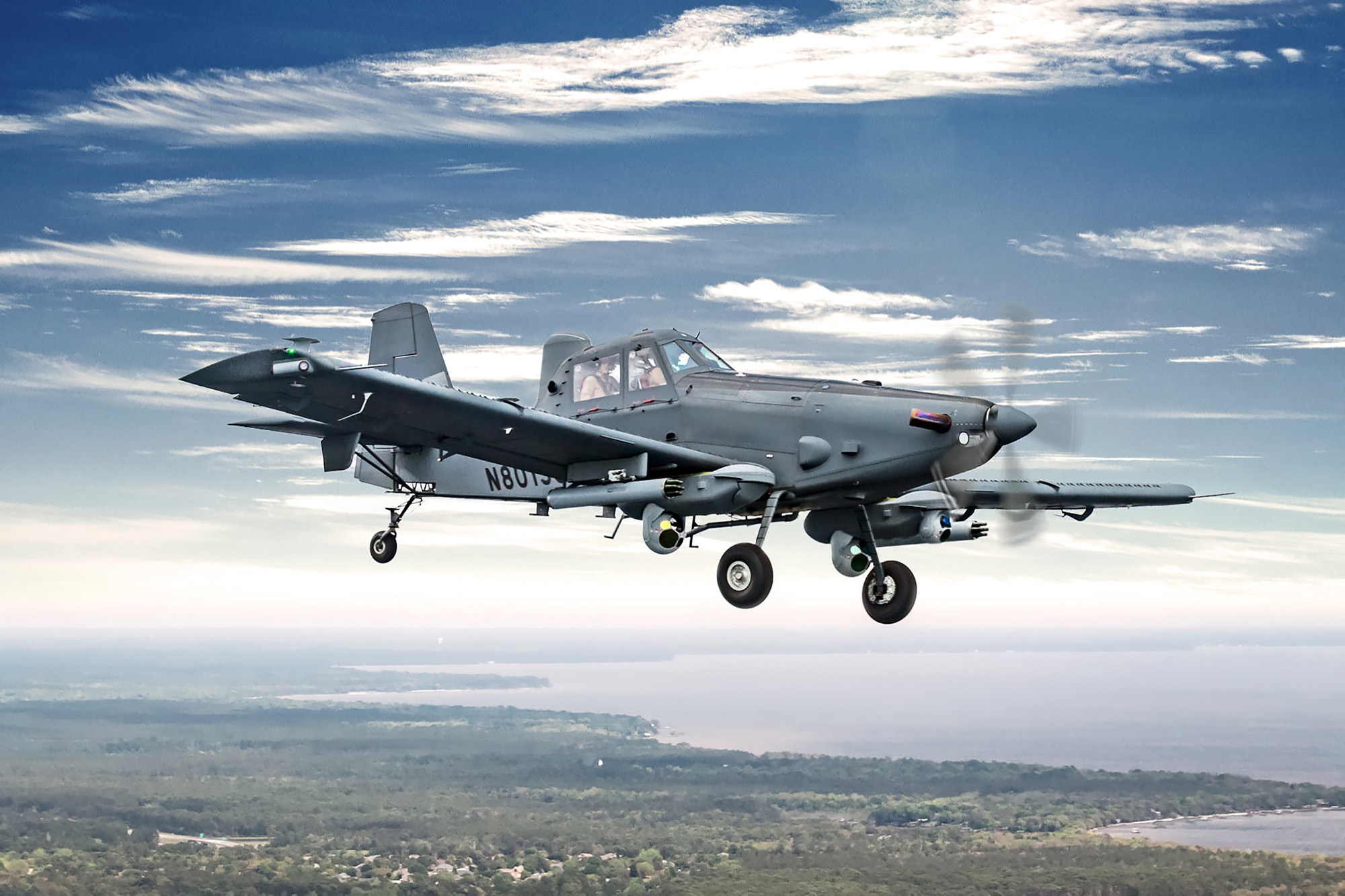U.S. military leaders have been clear; They want to field new technologies faster and adapt available commercial technology to better equip the future force. Now, U.S. Central Command (CENTCOM) is set to play a key role in that effort as part of a top-down push from commander Gen. Michael “Erik” Kurilla with the creation of new task forces and a chief technology officer position.
Within the past few years, CENTCOM has stood up multiple task forces focused on experimenting in the vast deserts of the Middle East and congested waters of the Arabian Gulf and Red Sea. It also plans to move forward with a new Red Sands program to test counter-unmanned aerial systems (c-UAS) across the region. And in October, the combatant command got its first chief technology officer to oversee these efforts—Schuyler Moore, who recently briefed reporters at the Pentagon
“We’re really focused on technology experimentation and what that can look like to create sustained capability, and we believe that a combatant command is the right place for that because it is so critical to get these technologies into the hands of the person that uses it, in the place that they will use it, and against the threats that it will actually face,” Moore said Dec. 7. “And commercial sector knows this. I mean, it would be unheard of to field any sort of technology without the user having our hands on it at some point, but it’s something that we at the department really need to lean forward into.”
Part of CENTCOM’s effort to invent new capabilities is driven by practical considerations. Its existing resources are limited, and U.S. military strategy and resources have shifted away from wars in the Middle East after two decades of warfare.
“In the future, success in how we fight will not be determined by the simple arithmetic of boots on the ground,” Colin Kahl, the undersecretary of defense for policy, said at a gathering of defense leaders in Bahrain in November. Kahl’s speech sought to explain the administration’s new National Defense Strategy to U.S. allies in the region, which has a reduced emphasis on CENTCOM.
While CENTCOM is fighting an ongoing war against ISIS fighters as part of Operation Inherent Resolve and faces persistent activity from Iran and its proxy forces, the Middle East is no longer the Department of Defense’s top priority, as the military shifts its resources toward bolstering capabilities n the Indo-Pacific.
But to fulfill the Pentagon’s regional policy and military goals and make the most of the U.S. presence, CENTCOM is looking to become an innovation and experimentation hub for the U.S. and allied militaries, according to Kahl and Kurilla.
“Innovation allows us to expand on the great partnerships we’ve built across the Middle East,” Kurilla said in November. “It allows us to increase the operational value of our manned systems.”
After initially fielding maritime surveillance platforms, CENTCOM has begun to sketch out its broader plan for experimenting with unmanned systems and artificial technology, including Air Forces Central’s Task Force 99, which stood up in October.
When it comes to testing and fielding new systems, Moore said CENTCOM is “particularly well-suited … for a couple of reasons,” including its harsh environment and real threats from malign actors, not simulated ones.
“It is incredibly hot, sandy, salty, windy in ways that will push, from a physical perspective,” Moore said. “… And then also, we have an environment that is active in ways that, frankly, others may not face the diversity of threats that we do.”
Beginning with the Navy’s Task Force 59, the command sought to field an array of unmanned, unarmed, commercially available platforms, including a network of more than 100 unmanned vessels to help monitor the waters as part of a network with American allies. Iran has taken notice—in September, Iranian vessels briefly captured two Navy Saildrones before returning them without their cameras.
CENTCOM is shifting towards the ground-based Army Task Force 39, which plans to stand up shortly, and the Air Force’s Task Force 99. According to Kurilla, Task Force 99 aims to create something like Task Force 59’s network.
“Task Force 99 will replicate Task Force 59’s efforts with a system of aerial drones with tailored payloads and other capabilities,” Kurrila said during his November speech. “Task Force 99’s fleet of unmanned aircraft will impose dilemmas on our adversaries and detect and defeat threats to our systems, and to our partners.”
Task Force 59 has moved from a purely experimental capability to one on which CENTCOM can rely for data.
“Previously, we’ve had a destroyer patrolling the Red Sea,” Moore said. “That’s the equivalent of one cop car patrolling the whole of California.”
Now, Task Force 59’s drones allow for more precise monitoring, she said.
Task Force 99 is beginning to find its footing in the air domain. The newly named “Desert Catalysts” primarily operate from Air Forces Central’s regional headquarters at Al Udeid Air Base, Qatar. The detachment is led by Lt. Col. Erin Brilla, who heads a small team of eight Airmen, according to AFCENT. There is also a small detachment based at Ali Al Salem Air Base, Kuwait. Lt. Gen. Alexus G. Grynkewich, the AFCENT commander, visited Task Force 99’s headquarters to check in on their efforts in early December.
Task Force 99 is focused on experimenting with variable payloads on small drones, according to CENTCOM. Moore said future capabilities plan to be tested in “sprints” of around 90 days to see what is viable. The exact capabilities Task Force 99 will field is unclear.
The threat posed by Iranian drones has become an international issue, as Russia has used them to wage its war in Ukraine and CENTCOM charges that they are continually used against the U.S. and its partners.
AFCENT’s forces conduct manned counter-UAS exercises to detect and defeat threats, but in a perfect world, CENTCOM’s new unmanned systems will feed an artificial intelligence-aided program to help aid manned aircraft in those functions, according to Kurilla.
“The sensors on these unmanned systems will constantly pick up information, giving us eyes and ears at sea, on land, and in the sky at all times,” Kurilla said. “Combined, these unmanned systems will operate on the same meshed network, feeding reams of data into an AI program that sorts it all out, makes sense of it, and pushes critical information to analysts in real-time. Those analysts are sharing this information with partnered forces, all of whom share the same threat picture and the same information.”
For now, CENTCOM is focused on stitching together as much information as possible.
“I think sometimes we hope for a solution that is the cure-all, that it is going to meet every single requirement for a counter-UAS coming in, that it is going to be the sensor that collects everything,” Moore said. “We are often promised this by vendors and by other folks that they will have the magic solution that does everything. The magic solution is when we take multiple solutions and work them together.”
